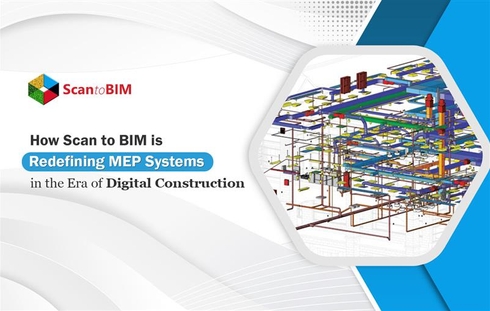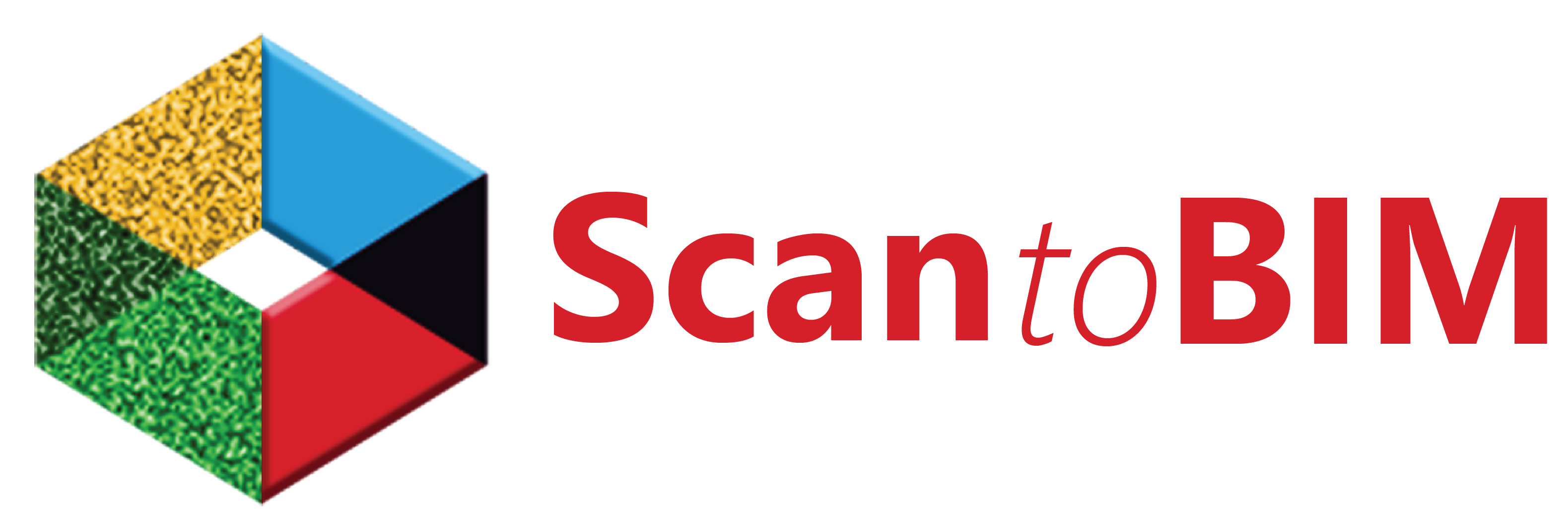
In the Architecture, Engineering, and Construction (AEC) industry, Digital Twin technology has become an essential tool for managing the building lifecycle. A digital twin is a virtual replica of a physical object, process, or system undergoing timely real data updates, allowing for advanced monitoring and decision-making.
The Digital Twin Maturity Model defines the stages of progression that firms go through as they integrate and mature their use of digital twin technology. It allows businesses in the AEC sector to evaluate their current state, identify areas for improvement, and plan the next steps in their digital transformation journey.
What is a Digital Twin Maturity Model?
A digital twin maturity model empowers entities to roughly estimate their position in developing and using technology based on digital twins. It is a framework outlining development stages, which describe different levels of technological maturity, data integration, and insight generation.
These steps will guide a company with the successful scaling of digital twin initiatives and optimize the lifecycle of assets, infrastructure, and buildings.
Digital Twins in the AEC industry rely heavily on the precise data captured with technologies such as 3D Laser Scanning to generate highly accurate models. Such technologies are then processed and used through Scan to BIM workflows.
Stages of the Digital Twin Maturity Model
The Digital Twin Maturity Model establishes and captures the maturity development and implementation of digital twins in the AEC industry.
Organizations receive support at all technology maturity levels, from basic digital models to fully autonomous systems. This assistance aids in improved asset management, real-time insights, and decision-making processes.

Static Model Stage
It is the preliminary stage when organizations begin with static digital models of their assets. Models are reduced and simplified through a visualized presentation of a building or infrastructure.
3D Laser Scanning Services and Scan to CAD Services are more important at this stage because they create a basis for developing a static, digital model based on existing conditions or design documents.
At this stage, no real-time data integration or live update is available, but it facilitates understanding dimensions and spatial relations of the asset.
Connected Model Stage
In this stage, digital models start to include real-time data inputs typically sourced through sensors installed within the asset, such as monitoring environmental conditions, equipment status, or energy consumption. These can provide insights that will guide more informed decision-making and better predictive maintenance.
Scan to BIM Services is essential since the real-time data is ingested into the model, and the digital twin models are consistently updated. BIM platforms supported by sensor data enable users to view real-time conditions and maximize operational effectiveness.
Predictive Model Stage
Moving beyond the live monitoring, the predictive stage uses data analytics and machine learning combined to develop a preview of future performance.
From the advanced prediction point of view, the Digital Twin can simulate future scenarios like determining structural wear, meeting energy demands, and maintaining a work schedule.
With high-fidelity models developed from 3D Scan to BIM, engineers and facility managers can conduct analysis to identify potential risks or areas for improvement.
Autonomous Model Stage
The autonomous stage stands at the top of the Digital Twin Maturity Model. At this stage, the digital twin is operational, functioning with minimal human intervention and self-optimizing capabilities through machine learning and AI. It could change heating or cooling levels, lighting, or even structural elements using real-time data fed into the model autonomously.
The seamless integration between Scan to BIM Services and 3D Laser Scanning ensures that the digital twin updates fairly often with the accurate conditions of the real world.
Digital Twin Maturity Model: Significance in the AEC Industry
The Digital Twin Maturity Model is fundamental for AEC firms that guarantee optimization of asset management, sustainability, and prolonged life of their structures.
The Digital Twin Maturity Model offers several important benefits for the AEC industry by providing a roadmap for digital transformation.
- The maturity model provides AEC organizations with a clear, step-by-step guide to integrating and enhancing Digital Twin technology.
- By understanding their current level of maturity, companies can strategically plan how to move towards advancement and invest in the necessary tools, training, and infrastructure.
- As AEC firms progress through the stages of the maturity model, they move from merely visualizing building data to leveraging predictive insights and autonomous decision-making.
- This progression helps optimize the entire building lifecycle, from design and construction to operations and maintenance, resulting in cost savings, reduced downtime, and improved efficiency.
Conclusion
The digital twin maturity model demonstrates a formalized approach to integrating digital twin technology into the AEC industry. By providing a structured framework, the model helps companies assess their current capabilities, identify areas for growth, and create a roadmap for digital transformation.
As Digital Twins become more sophisticated, they promise to revolutionize how buildings and infrastructure are designed, built, and managed, offering significant improvements in efficiency, sustainability, and resilience across the AEC industry.








